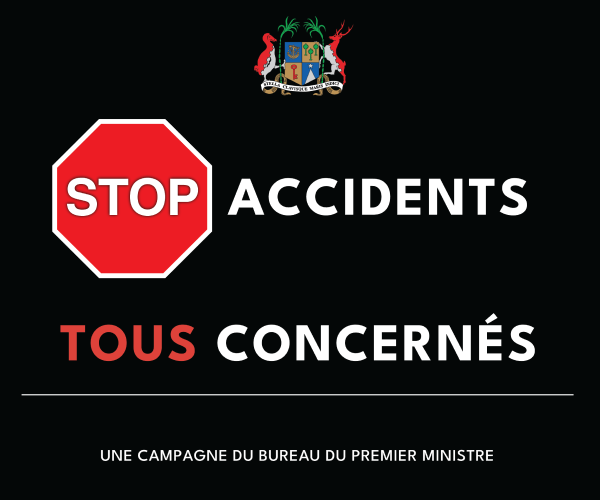Russia is expected to ship more fuel to Asia and the Middle East in the coming months as Europe strengthens restrictions against Russia’s invasion of Ukraine.
The data from S&P Global Commodities at Sea suggests that the two regions comprise a greater share of Russian exports since the war broke out. It also highlighted the as-yet-unfinished reconfiguration of global energy flows.
As their next step, the European Union (EU) is set to prohibit major imports of Russian crude from December 5. EU will next will put a ban on oil products that will come in from February. The steps are attempts to put more pressure on Moscow to redirect more of its energy output.
Morgan Stanley, American investment bank, reported that India and China imported combined 2.7 million barrels a day of Russian crude and products the previous month. That’s 54% higher than a year ago. The bank also noted that the smaller nations that is the rest of the world ramped up their imports to 926,000 barrels a day from 561,000.
While some purchasers have acknowledged accepting Russian cargoes as the war drags on, such as Myanmar or Sri Lanka, others have been more cautious. Russian vendors have been using a number of strategies, such as re-exports and ship-to-ship transfers, to expand their already-existing markets and find new outlets as the trade continues to develop. The competition that results from an increase in flows could drive down prices and threaten refining profitability.
This is how the Russian trade with these regions would build
1. Rebranding Cargoes
One of the ways in which Russian products such as fuel oil can enter Asia is getting through its major distribution hubs. large land or storage facilities in such areas are perfect to hide Russian fuels with other products.
2. Ship-to-Ship Transfers
With latest EU sanctions put in, Ship-to-ship transfers may grow as some purchasers may not want to be seen obtaining Russian fuels. A first vessel loads a cargo from Russia, offloads it to a second, which then sails to the final destination. This is a popular technique for concealing trade movements.
3. Emerging Nations
As various EU states are cutting on Russian products and crude while the union is tightening the curb on the country, Russia’s efforts to find different markets will focus on Sri Lanka, Pakistan, Myanmar and Indonesia. These countries are an easy target of Russia also because they are struggling with the higher cost of fuel imports.
4. Stored at Sea
Even while the flow of Russian fuels is expected to increase, it’s possible that Asia won’t be able to fully utilise all the excess, which might lead to lower prices and an increase in the amount of fuel stored at sea, especially given that sluggish economic growth may reduce demand.






